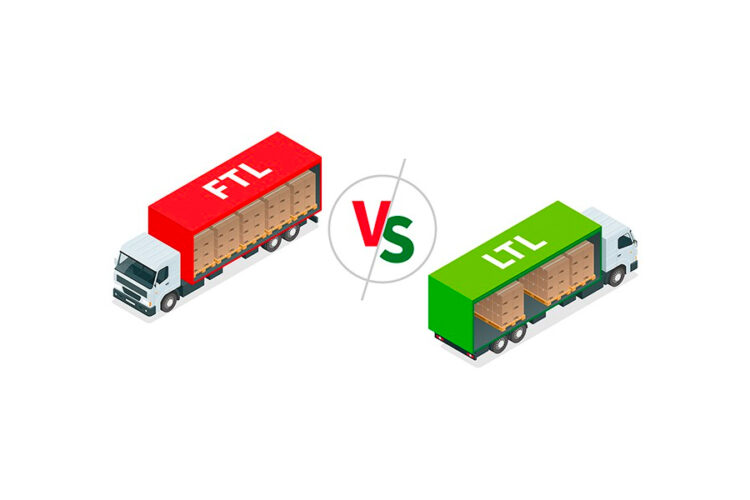It may be difficult to deliver a product at the lowest possible price in its location. Given the variety of options, the best choice will be determined by how much freight must be moved on a regular basis. This is especially true when deliveries include both half-truckloads and full-truckloads. The differences between these two services are discussed, as well as the situations in which one makes more sense than the other.
Full truckload shipments are prioritized. The most common mode of transportation is FTL, also known as OTR (over the road). According to a 2019 government study, FTL shipping accounted for 46.4{6092bf85bb027f8192371ba1511a1e08c625facb91a9a7882360247e9bb6f9cf} of the nation’s transportation sector, while LTL accounted for 11.3{6092bf85bb027f8192371ba1511a1e08c625facb91a9a7882360247e9bb6f9cf}. The FTL transportation method requires only the cargo from one shipper to be loaded onto the transporter; the entire area is not required. Although open deck and refrigerated trailers are also used frequently, dry van trailers are the most common.
Because the client is responsible for the entire cost of the space, businesses typically choose FTL when the cargo is substantial enough to fill the space. Because the risk of harm is reduced, FTL is recommended for delicate or dangerous goods. It is also regarded as the best option for high-value commodities, especially when using a specialty vehicle would be more expensive. FTL is also preferred by businesses for time-sensitive shipments because it is frequently faster than LTL.
In addition, less than a truckload of cargo can be transported. Because it transports freight from multiple companies while using the same carrier, this mode of transportation, also known as LTL, is similar to a ride-sharing arrangement. A train, a railway car, a semi-truck pulling a mixed trailer, or even another train could serve as the carrier. Because the freight it transports can come from a variety of shippers, customers, or consignees, it is necessary to make multiple stops to load and unload cargo.
When one to a few pallets of freight are required, LTL is usually the best option for smaller businesses. When arranged through a partner network, LTL consolidation of goods with shipments from other businesses can drastically reduce shipping costs. However, because the contents of the carrier may be moved around more frequently than if they were delivered whole, there is a greater risk of freight damage.
The market for FTL and LTL transportation services, which is expected to be worth $19.91 billion by 2028, is one indicator of how much money the American trucking industry makes. Businesses should consult with industry experts to make more informed and cost-effective decisions about the best shipping method for their needs.
See the infographic below for more information on FTL and LTL shipping.

